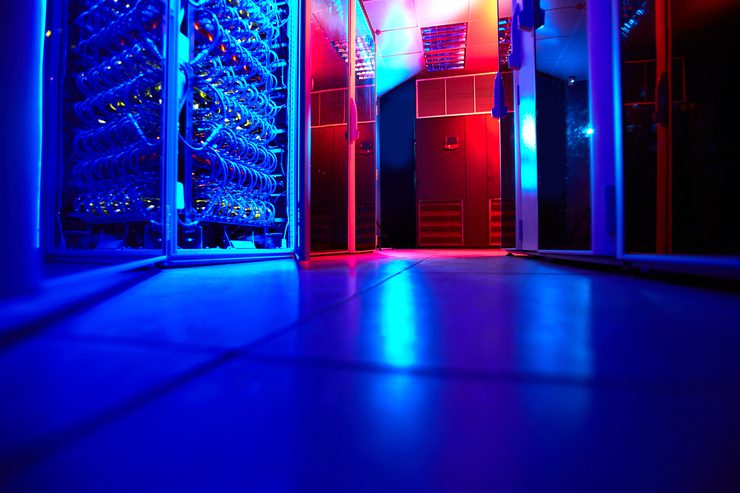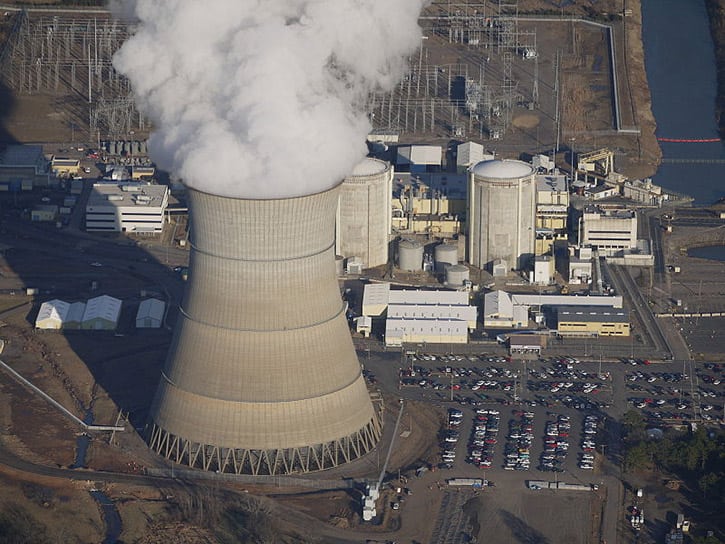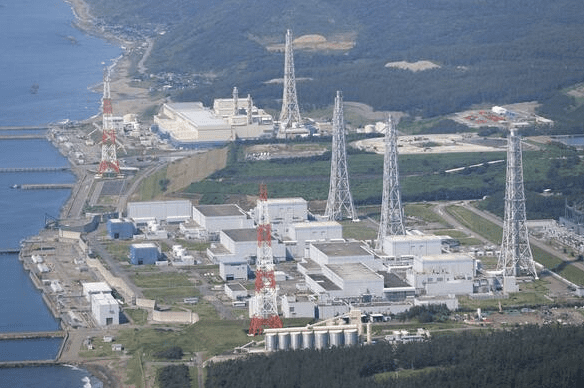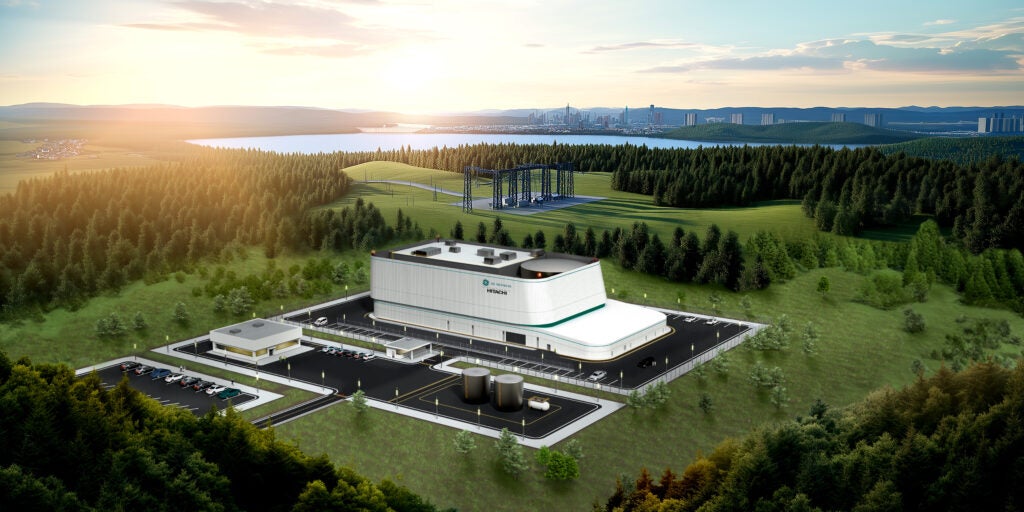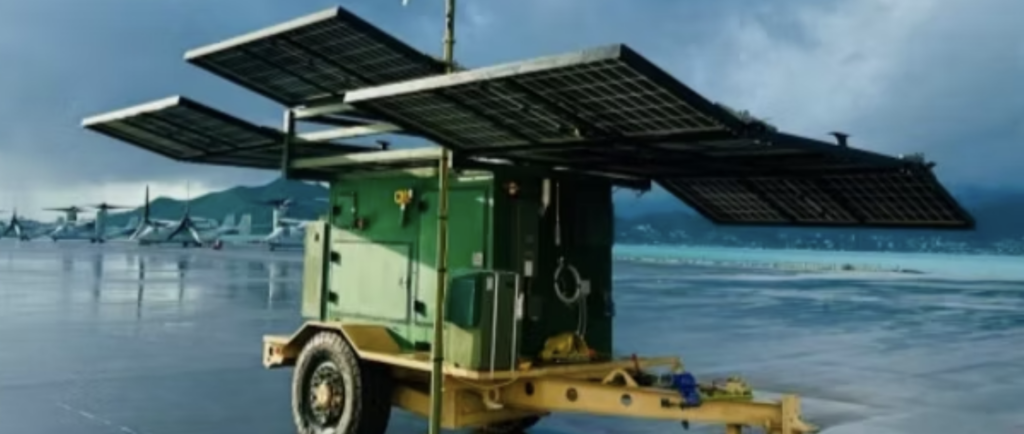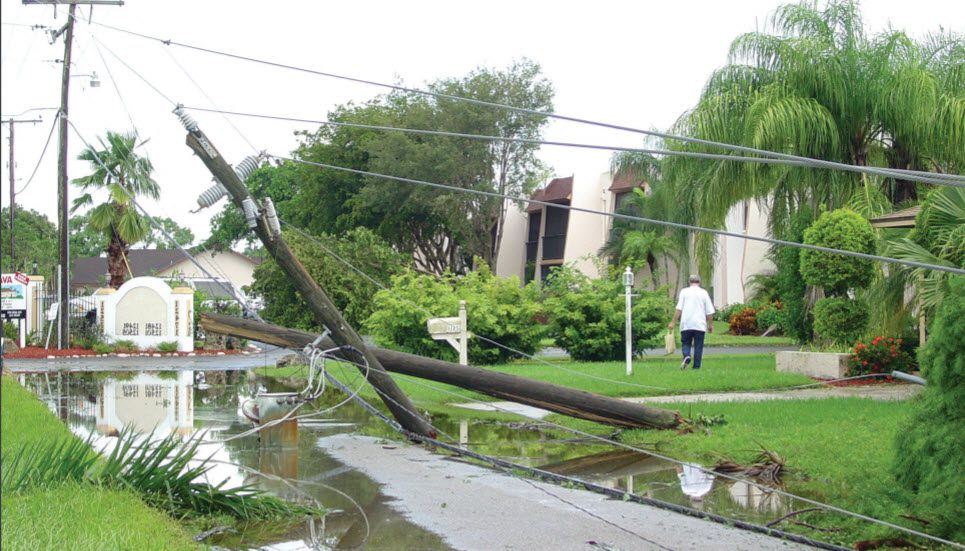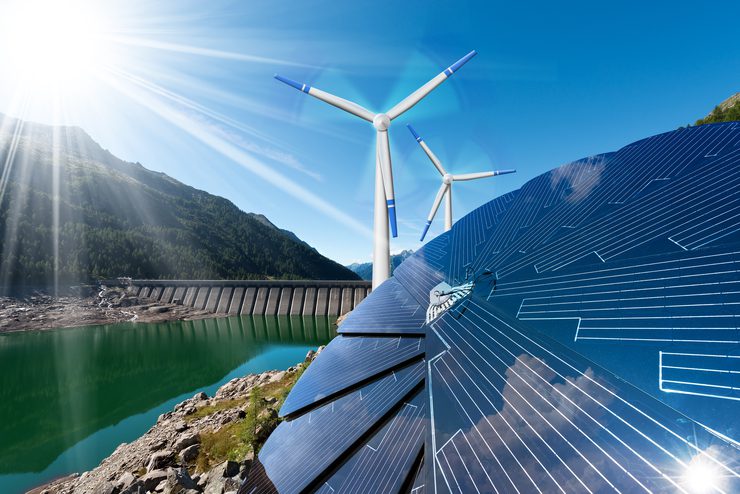
The Los Angeles wildfires of January 2025 highlight a critical vulnerability in disaster response: power failure. With insured losses potentially reaching $45 billion and more than 170,000 residents displaced, reliable power could have supported essential emergency services and potentially saved lives. Space Solar Power (SSP), which can beam energy directly to disaster zones from space, regardless of ground conditions, offers a transformative solution. By developing SSP capability, the U.S. would revolutionize disaster response while advancing energy security and technological leadership.
COMMENTARY
Power Crisis in Disaster Response
A key component of the rescue operations that cannot be overstated during natural disasters is the availability of reliable power at the point of use. Various applications such as emergency response teams, medical and field hospitals, refrigeration for medicines, water and sanitation, food and shelter, communication, transportation and logistics, and security and surveillance will be hampered without access to reliable power.
Without power, hospitals plunge into darkness, with life-support systems relying on battery backup generators and vital medications spoiled due to refrigeration failures. Emergency shelters become unsafe as power loss leave evacuees in sweltering heat, unable to access food or lighting. Communication networks collapse, severing coordination among rescue teams and isolating families. Water systems fail as pumping stations shut down, cutting off clean water and vital pressure to fire hydrants.
At least 29 people reportedly died as a result of the wildfires that burned near Los Angeles, California, in January 2025. At one point there were close to 200,000 people under evacuation orders in the area as crews tried to battle back the fires. Some insurance estimates suggest losses from the Palisades and Eaton fires could reach up to $45 billion, making these fires the largest wildfire insurance industry loss event in history.
In the aftermath of Hurricane Irma in Florida in 2017, power loss was associated with increased odds of mortality within seven to 30 days, with a roughly 25% increase in mortality seven days after landfall and about a 10% increase 30 days after landfall. In the immediate aftermath of Hurricane Ida in 2021, more than a dozen people along the Gulf Coast died of heat exhaustion due to the lack of power and air conditioning, according to a National Oceanic and Atmospheric Administration (NOAA) report. The 2021 Winter storm Uri in Texas caused at least 246 deaths, with more than 160 of those deaths due to extreme cold exposure.
Extreme weather events in the U.S. have caused more than $500 billion in damages since 2020. At least one study shows that a victim rescued within the first 24 hours of a disaster has a 90% survival rate. After 72 hours, the survival rate drops to 5% to 10%, or less.
When such disasters hit, existing power infrastructure often takes a severe hit as well. Fallen power lines, broken transformers, and disrupted grid connections can plunge entire cities in darkness for weeks. Power systems must provide resiliency in the face of increasing threats from climate change and not collapse with it. Improving grid infrastructure, or conducting grid overhauls alone, is insufficient; terrestrial long distance power networks at the site of a disaster will remain unreliable. In such situations, we need solutions that address the problem with long-lasting and transformative approaches, rather than incrementally improving existing methods and infrastructure.
A power source that is aptly suited for disaster response is space solar power (SSP, Figure 1). SSP could provide the ability to deliver rapid and reliable power to a disaster area. It could reestablish power in disaster zones affected by devastating events where the existing infrastructure has been damaged or destroyed and cannot be quickly rebuilt.

The value of the power provided in these circumstances is very high—some would say priceless, because competitive pricing is not the key driver during a disaster recovery effort; public safety, national security, and the prevention of economic losses are.
The Technology
SSP was first proposed in the 1960s as a technology that involves placing satellites in Earth orbit to collect power from the sun 24/7, 365 days a year. The technology collects the Sun’s energy and then transmits it to any point on Earth, typically as harmless, low-level microwaves. The beamed power is received using “rectennas” (rectifying antennas) on the ground (Figure 2), which convert the received microwaves into electricity.

Choosing the right wavelength will allow the power to pass through inclement weather, cloud cover, and even smoke columns during wildfires, making it more reliable and uninterrupted compared to terrestrial solar and wind energy. Wireless power transmission allows providers to bypass terrestrial energy infrastructure, significantly alleviating grid intermittency issues and eliminating ground-based infrastructure reliability concerns during disaster relief. As it can be used as a baseload and dispatchable energy source, SSP ensures that energy is available where and when it’s most needed.
Deploying portable rectennas at or near fire zones for emergency response and rescue teams could help to restore power for relief efforts. The rectennas are flexible and provide a rapid power source in disaster zones, including difficult terrains, remote, or hard-to-reach areas.
Rectennas are often modular and lightweight, so they can be transported in pieces and assembled on-site. Their portability allows for quick setup in areas where infrastructure is damaged. The portable rectennas are connected to the local power system, such as the generators that provide electricity at medical facilities and emergency shelters, power critical devices and communication equipment, or charge batteries. These systems also can be scaled up or down depending on the energy needs of the situation. Small units can power basic communication devices, while larger arrays can support field hospitals (Figure 3) and other critical infrastructure.

Rectennas can be integrated with existing setups, such as microgrids or direct connections to appliances. They can be assembled in open areas with a clear line of sight to the energy transmission satellite. Rectennas can be mounted on temporary structures or vehicles. They can be connected to local power systems or directly to devices, and monitored and repositioned as necessary.
In addition to serving as a tool for disaster response and mitigation, SSP also can be used for other high-demand applications such as powering data centers, supplying energy to military bases or science field research in remote locations, or even remote geographic areas inaccessible to traditional energy transmission lines.
As a new, renewable energy resource, SSP also aligns perfectly with President Trump’s “Unleashing American Energy” executive order published on Jan. 20, 2025, by harnessing abundant, reliable energy from space to reduce high energy costs, enhance national security, and drive economic prosperity through innovative solutions.
Recent Demonstrations
Experts in this technology acknowledge that SSP development does not need any fundamental breakthroughs, and now is the time for demonstrations. In 2024, a joint experiment between the Japan Space Systems Agency and JAXA (Japan Aerospace Exploration Agency) successfully tested the reception of radio waves at 13 different ground-based receivers from an aircraft flying at 7,000 meters.
In the U.S., the Defense Advanced Research Projects Agency’s (DARPA’s) ongoing Persistent Optical Wireless Energy Relay (POWER) project is exploring lasers to transmit energy over long distances, particularly valuable in remote or challenging environments where fuel delivery is impractical. Meanwhile, the 2024 Air Force Research Laboratory (AFRL) launch of the Space Power InfraRed Regulation and Analysis of Lifetime (SPIRRAL) experiment will test the performance of variable emissivity materials that regulate heat absorption and emission in the infrared spectrum, a crucial thermal management component of AFRL’s Space Solar Power Incremental Demonstrations and Research (SSPIDR) project.
Also in 2024, a commercial player in this technology—Volta Space Technologies—wirelessly powered a lunar rover over 200 meters in a facility in Canada with autonomous tracking and sufficient power for lunar night survival, using a laser tested for 18 years of lunar radiation. Furthermore, experimental demonstrations from the California Institute of Technology (Caltech) in 2023 successfully demonstrated and tested three technological innovations necessary to make space solar power a reality. The Caltech team also explored “programmable transmit array” relays in orbit—intermediate satellites positioned between space-based transmitters and Earth-based receivers—to enhance beam control and enable smaller transmitters and receivers to achieve the same output.
Energy Policy
While the U.S. lacks a national strategy for space solar power, other countries have surged ahead with their own strategic development plans. Most notably, China has revealed an ambitious plan to use super-heavy rockets to build solar power stations in space, calling it “another Three Gorges Dam project above the Earth.” The Chinese estimate that the energy collected in one year by SSP would be equivalent to the total amount of oil that can be extracted from the Earth.
The U.S. has not lost the race, at least not yet. Its strength in entrepreneurship and the free market has given rise to several commercial SSP companies that are focusing on power beaming demonstrations for not only space-to-Earth applications, but also space-to-space electric grids in orbit and space-to-the-moon surface systems to enable a vibrant lunar economy. In January, Virtus Solis, a Michigan-based space solar company, was awarded a $1.92 million grant from the Department of Energy’s (DOE’s) Advanced Research Projects Agency-Energy (ARPA-E) to develop an all-weather, long distance, end-to-end wireless power transfer (WPT) solution. This is notable because it is the first public award the U.S. federal government has ever made to an SSP company.
The U.S. can still lead the world in development, demonstration, and deployment of SSP. There could not be a more pressing need for it than for disaster mitigation, since lives of people are at stake.
The Federal Emergency Management Agency (FEMA), the DOE, and the Department of Commerce (DOC) should collaborate on developing SSP for disaster mitigation. FEMA could identify disaster mitigation and response scenarios where SSP could be most impactful and provide partial funding from its Hazard Mitigation Assistance program. FEMA could then collaborate on pilot projects in disaster-prone areas.
The DOE could lead the technical research and development of SSP technology in collaboration with its national laboratories. In particular, the Oak Ridge National Laboratory, through its expertise in grid simulation and modeling, could conduct a study on the impact of deploying power directly to targeted rectenna locations in disaster-prone zones and how this approach could alleviate stress on the existing grid by delivering power closer to points of use.
The DOE also could focus on energy efficiency and developing wireless power transmission technology further. The DOC could work with technical guidance from the NASA on developing commercial SSP satellites through grant programs and promote public-private partnerships to accelerate commercialization. Furthermore, it could address regulatory challenges, such as spectrum allocation for wireless energy transmission. The first phase of such a joint project could culminate in two or three space-to-ground demonstrations to detect a few hundred kilowatts of power by 2026, leading toward a pilot project for disaster relief by 2028.
While a technology demonstration mission will require a significant up-front investment—perhaps as much as a few hundred million U.S. dollars—the downstream implications of this energy technology could be profound, both economically and societally. The initial investment could be dwarfed by the trillions of dollars in energy revenue SSP harvests to the nation, or nations, that manage an SSP constellation.
Yes, space solar power could play a key role in disaster relief, and, for those countries and organizations willing to develop it, the means are plenty. Analysis from AccuWeather estimates that the Los Angeles wildfires may cost the U.S. up to $275 billion in total. How many more hundreds of billions of dollars will we lose to disasters before investing a fraction of that amount on developing SSP?
—Srikanth Raviprasad is program manager for Space Solar Power with the Space Frontier Foundation.


